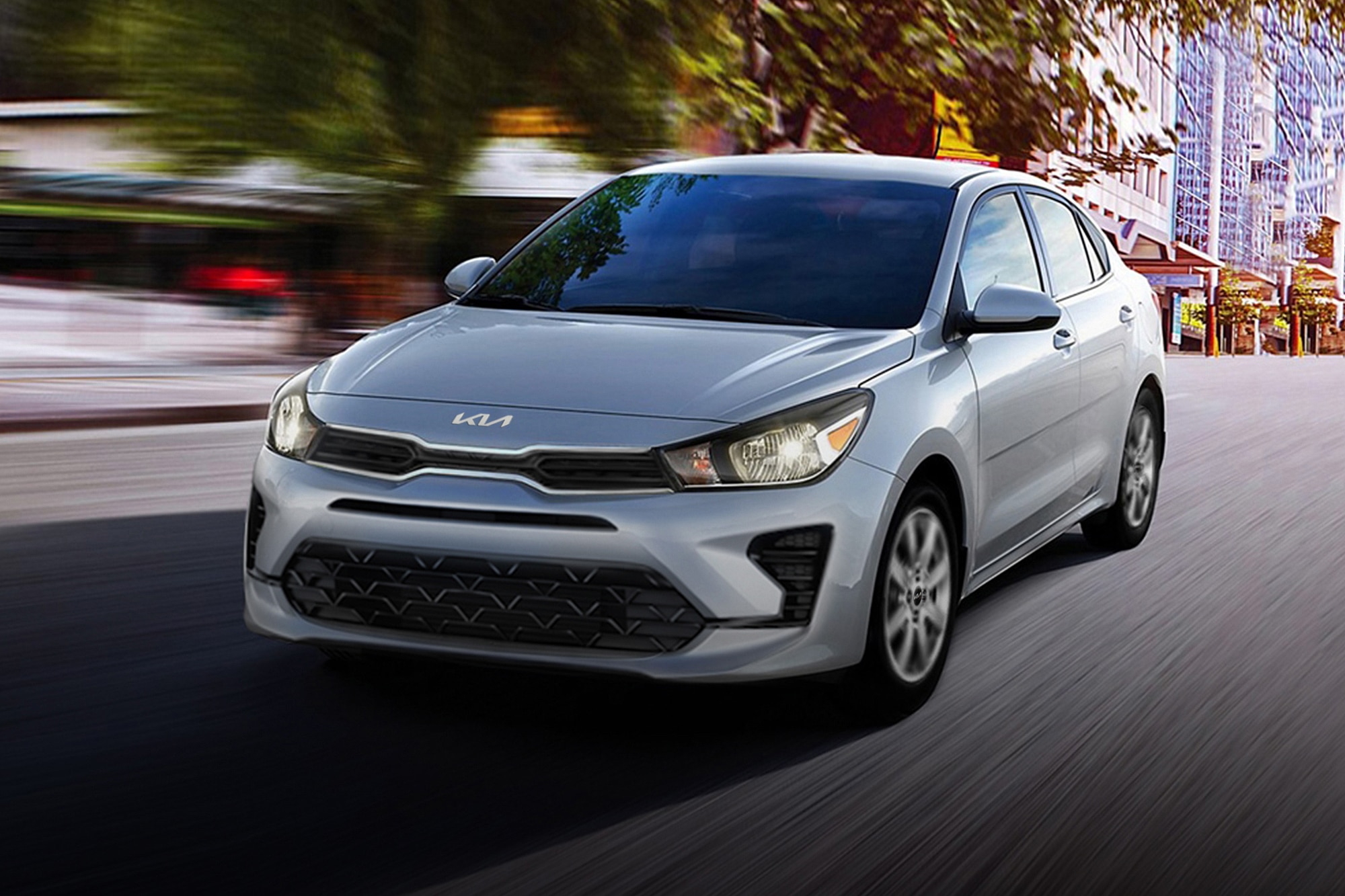What is a Subcompact Car?
The smallest class of vehicles on U.S. roads, subcompact sedans and hatchbacks are the definition of basic transportation.
 Kia
Kia
In the U.S., subcompact cars are the smallest new vehicles you can buy today. These hatchbacks and four-door sedans offer low prices and high fuel economy but relatively few creature comforts. A buyer who can stretch their budget may wish to expand their options and amenities by cross-shopping the compact-car and subcompact-SUV segments.
Which Brands Sell Subcompact Cars?
Buyers looking for a new subcompact car in 2022 will want to check out the Chevrolet Spark, Hyundai Accent, Kia Rio, Mitsubishi Mirage, and Nissan Versa. The Mini also qualifies as a subcompact car based on its size, but this sporty hatchback skews upmarket with a $23,750 starting price that’s well above that of the aforementioned mainstream models.
Many automakers have stopped building and selling small cars in recent years, choosing to focus their efforts on larger, more profitable vehicles. Chevy has already announced that it will cease production of the Spark this summer, making the subcompact segment even smaller. Used-car buyers will find more options by including discontinued models such as the Toyota Yaris, Chevrolet Sonic, Ford Fiesta, Mazda 2, and Honda Fit in their searches.
How Much Does a Subcompact Car Cost?
The $14,990 Chevy Spark is currently the cheapest new car in the U.S., and all of its competitors start well below $20,000. Some subcompact models still come with a manual transmission as standard equipment, so you may have to budget extra if an automatic is a requirement. Since these vehicles offer relatively few upgrades, they top out below $25,000, with the exception of the Mini, which offers a huge number of options and can be built into a $40,000 car.
How Big is a Subcompact Car?
While most subcompacts have four doors and five seats, these cars are ideally suited to someone who regularly drives alone or with one other passenger. The rear seats will readily accommodate children between the ages of three and 12, but fitting a rear-facing car seat can be a challenge, and adults and teens may find the back seat cramped. Cargo capacity will also be tight for a family embarking on a road trip. Some models, such as the Rio and Mirage, are available as either sedans or hatchbacks. The sedans tend to be longer in exterior length, but the hatchbacks provide a cargo-room advantage by allowing owners to stack luggage vertically.
The EPA defines a subcompact as a car with 85 to 99 cu. ft. of combined passenger and cargo volume, but categorizing vehicles based on interior dimensions can be misleading. By the EPA’s rules, a Chevrolet Camaro is a subcompact car and a Versa is a compact. Buyers and automakers classify vehicles more organically, often based on length and price. As subcompacts have gotten bigger, many have technically entered larger categories, according to the EPA’s measuring stick.
What Kind of Fuel Economy Does a Subcompact Car Get?
With three- or four-cylinder engines, low weight, and tidy aerodynamic profiles, subcompact cars tend to be very efficient, with fuel-economy ratings between 30 and 40 mpg. The most efficient models achieve more than 40 mpg on the highway in EPA testing.
Written by humans.
Edited by humans.
 Eric Tingwall
Eric TingwallEric Tingwall has written about cars ever since graduating with degrees in journalism and mechanical engineering. While working for some of the largest automotive publications in the country, he has cut car parts in half, crashed into an inflatable dummy car at 50 mph, and lapped race tracks around the world in pursuit of a good story.
Related articles
View more related articles